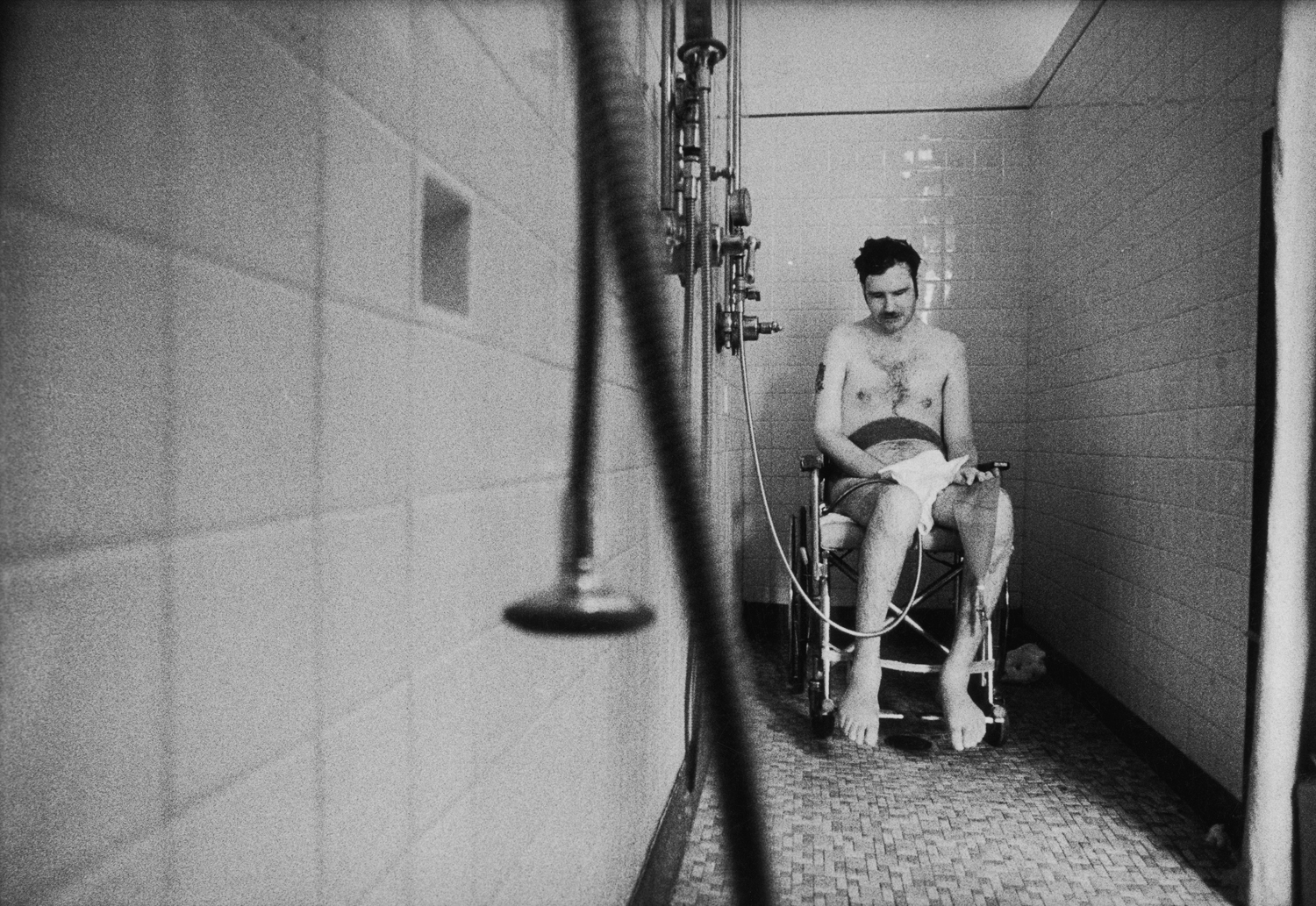
The ongoing Veterans Affairs scandal that cost Secretary Eric Shinseki his job has cast a grim light on the VA’s appalling—and, in some cases, perhaps lethal—incompetencies. It comes as no surprise to anyone with a long memory, however, that this is hardly the first time the VA has failed to uphold the nation’s “sacred trust,” recently cited by President Obama, “to all who’ve served.”
In May 1970, LIFE magazine published a devastating cover story on the frightful conditions faced by troops returning from Vietnam, and those wounded in earlier wars, who were “fated to pass into the bleak backwaters of our Veterans Administration hospitals.” (The Veterans Administration was transformed into the Cabinet-level Department of Veterans Affairs in 1988.)
“A man hit in Vietnam,” LIFE noted, “has twice as good a chance of surviving as he did in Korea and World War II, as support hospitals perform miraculous repairs on injuries that tend to be more devastating than ever before. But having been saved by the best field medicine in history,” one of every seven servicemen wounded in Vietnam entered the VA system—a landscape characterized by LIFE as a “medical slum.”
The VA hospital system . . . the biggest in the world . . . is disgracefully understaffed, with standards far below those of an average community hospital. Many wards remain closed for want of personnel and the rest are strained with overcrowding. . . . At Miami’s VA hospital, while sophisticated new equipment sits idle, patients may wait hours for needed blood transfusions. At the VA’s showplace hospital in Washington, D.C., a single registered nurse may minister to as many as 80 patients at a time. [Doctors in Los Angeles] describe conditions as “medieval” and “filthy.”
A five-month inquiry by a Senate subcommittee chaired by California’s Alan Cranston has documented gross inadequacies and laid the blame directly on a series of cutbacks in the VA medical budget. This sum presently amounts to roughly $1.6 billion a year, somewhat less than the cost of one month’s fighting in Vietnam.
It’s worth noting that the head of the VA at the time, a World War II veteran named Donald E. Johnson, eventually resigned under pressure from veterans’ groups and members of Congress—in 1974, long after the LIFE article appeared—but that some in Washington felt he was simply a convenient scapegoat served up to the public by the thoroughly embattled Nixon administration.
The pictures in the May 1970 LIFE article and in this gallery—powerfully illustrating the indignities faced by residents of the VA’s “medical slum”—were made by Co Rentmeester, a Dutch photojournalist (and Olympic rower, and eventual LIFE staffer) who in May 1968 was himself wounded while covering the war in Vietnam. It’s difficult, even all these years later, not to sense in Rentmeester’s photos some of the indignation he must have felt in the presence of these wounded warriors subjected to such squalor, such neglect, such astounding disrespect.
Ben Cosgrove is the Editor of LIFE.com
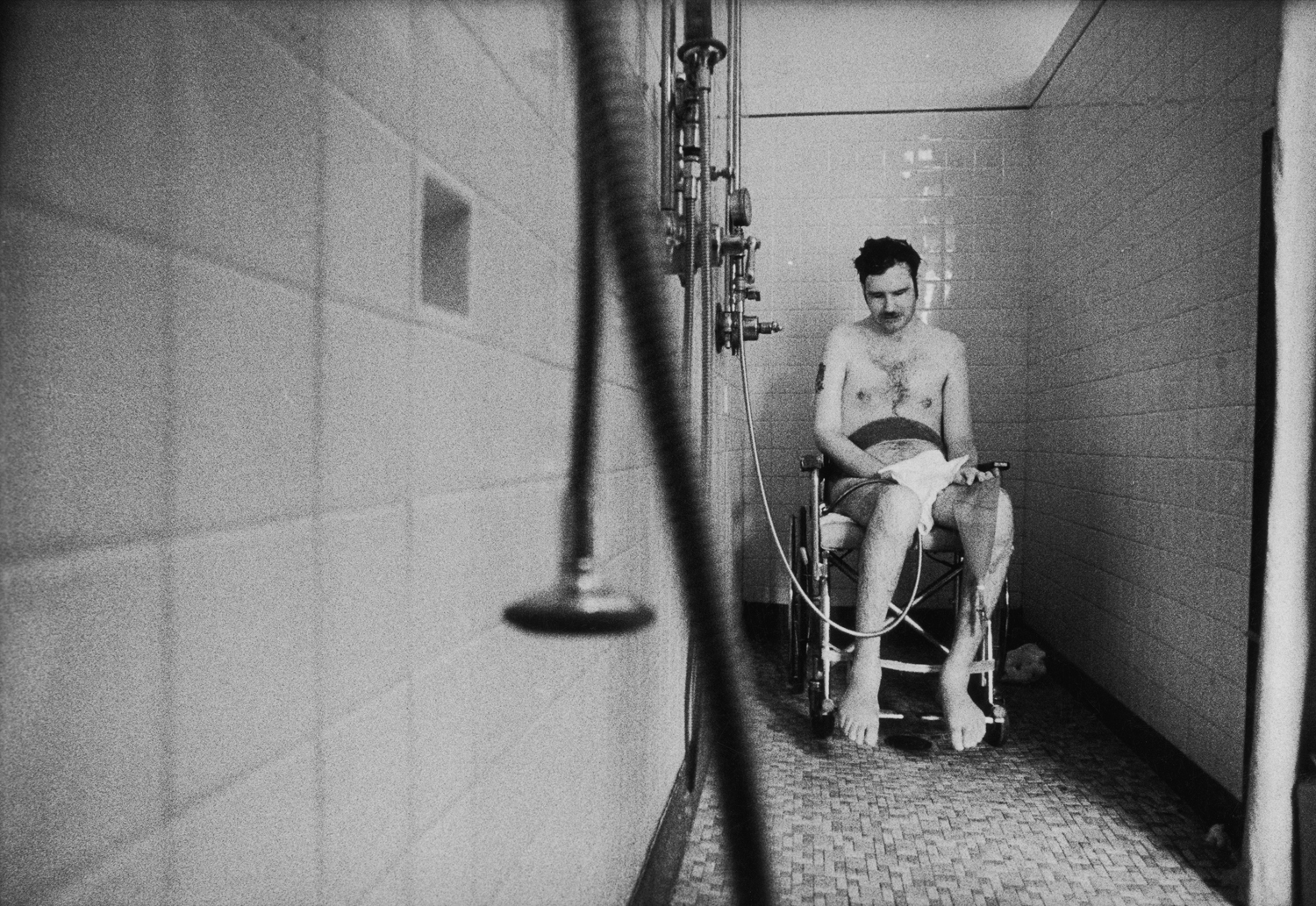
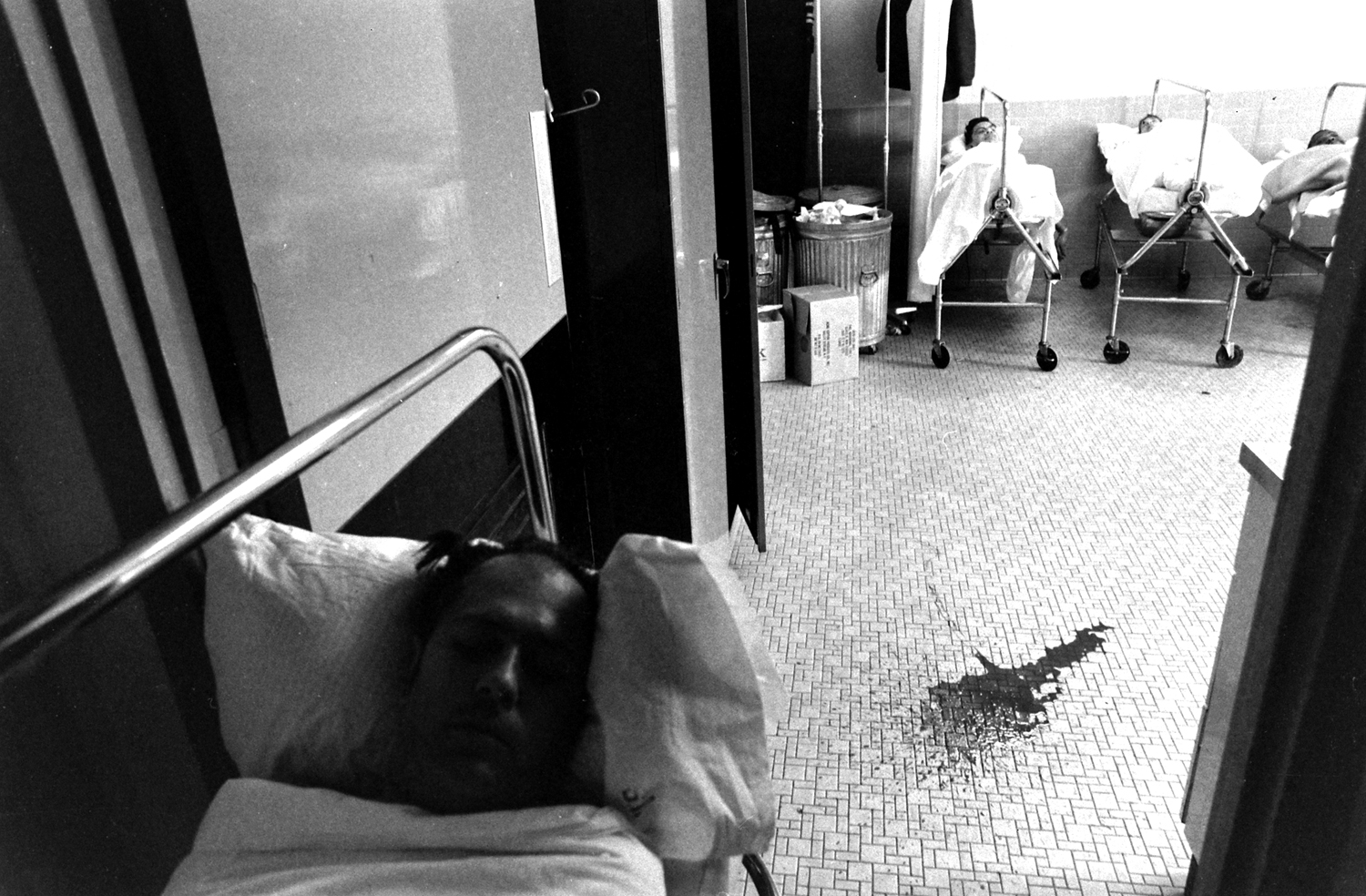
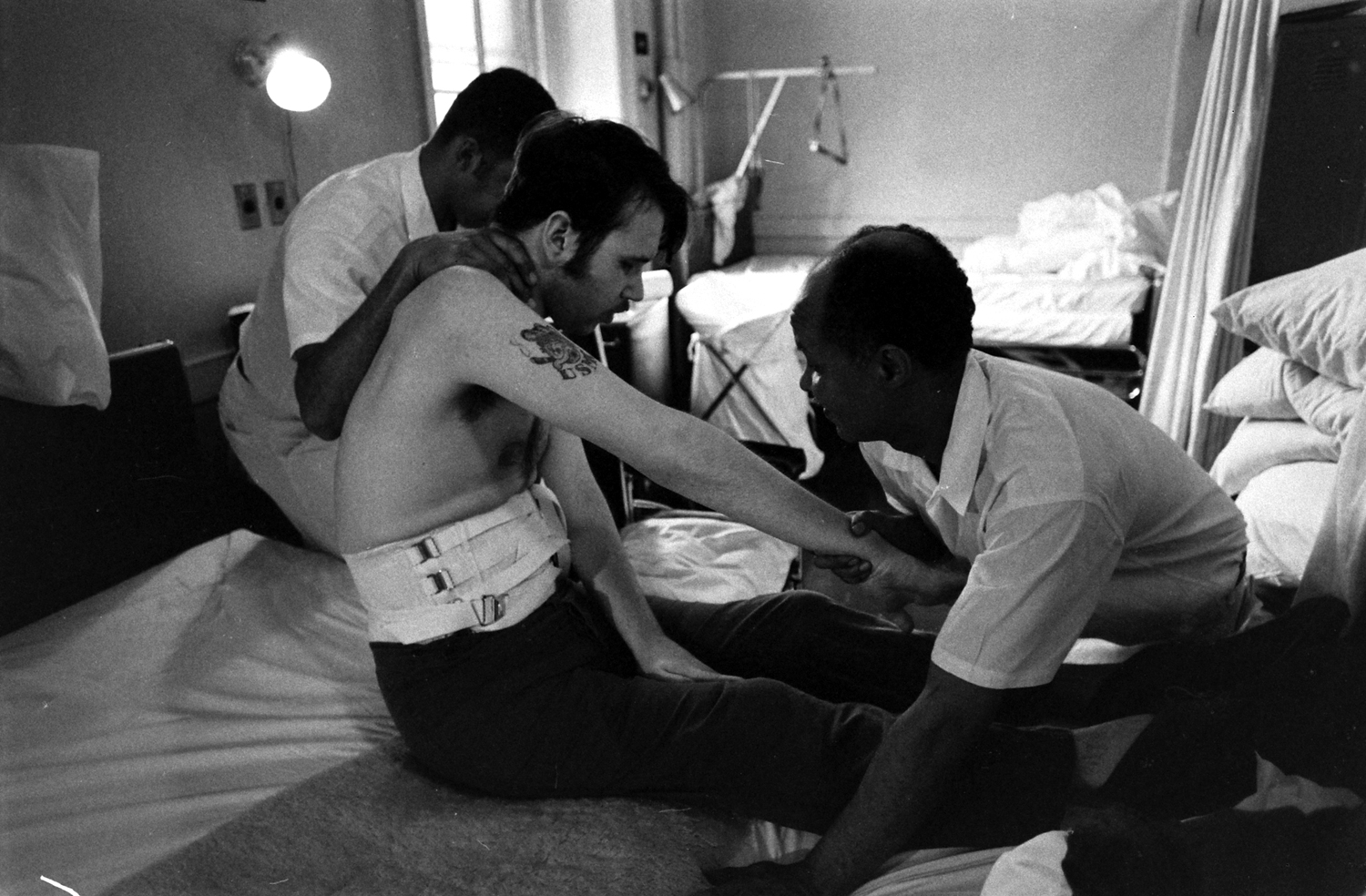
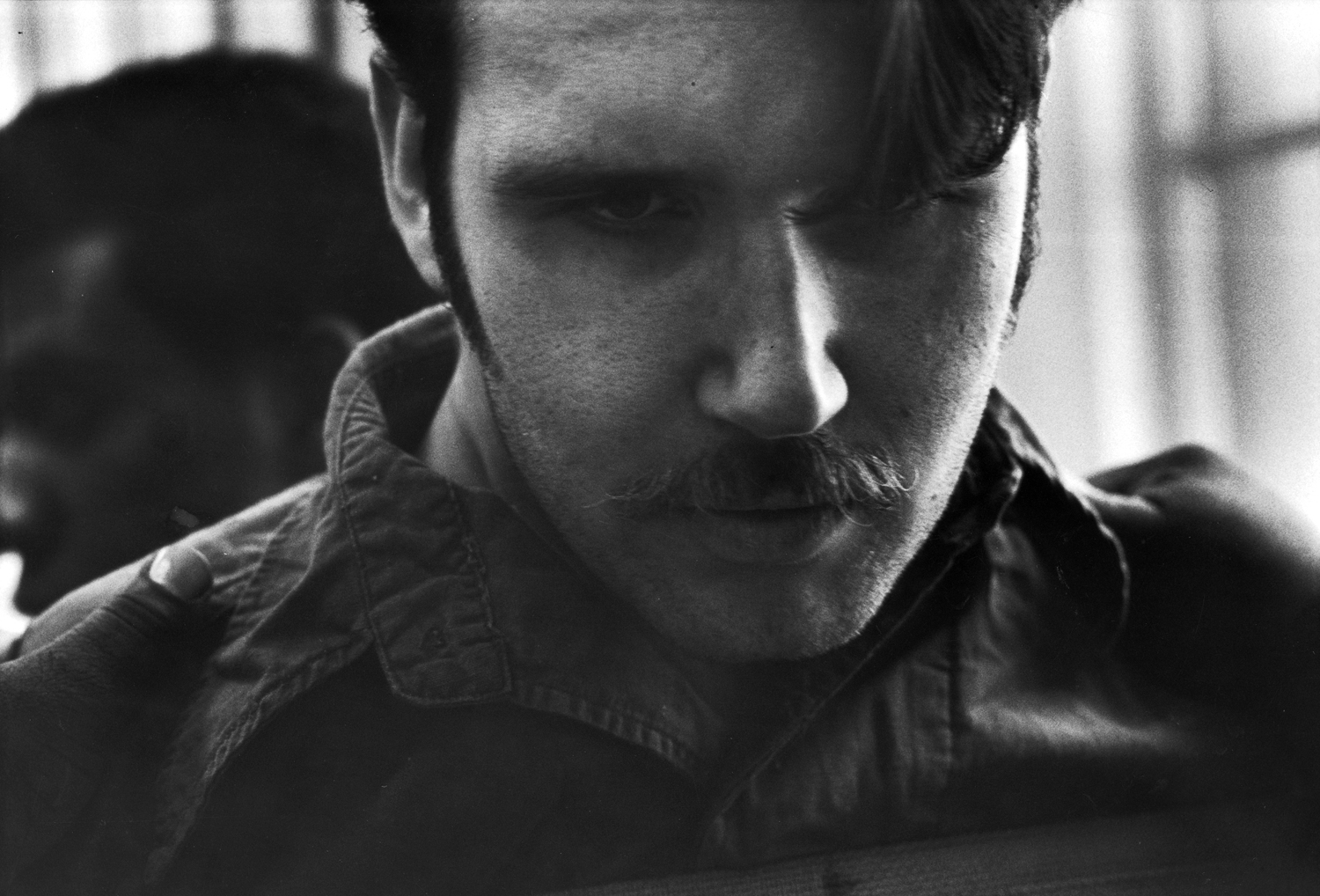
![1147509.jpg Hospital aides strap [Dumpert] into a brace so he can stand. He is so helpless that he needs almost constant care, but the hospital cannot give it.](https://api.time.com/wp-content/uploads/2014/06/140612-va-hospital-05.jpg?quality=75&w=2400)
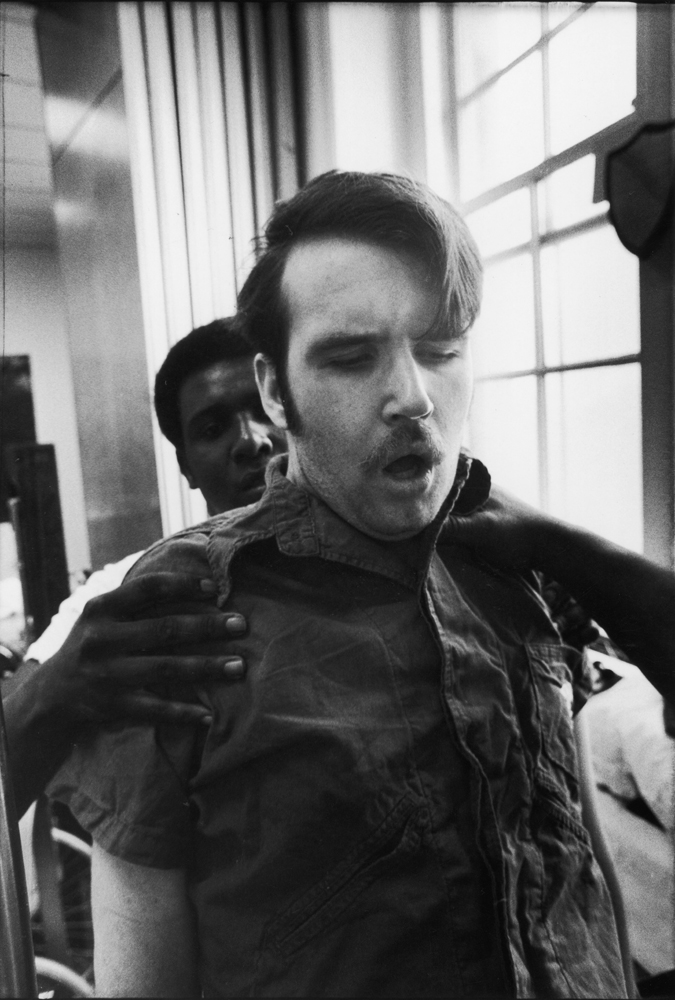
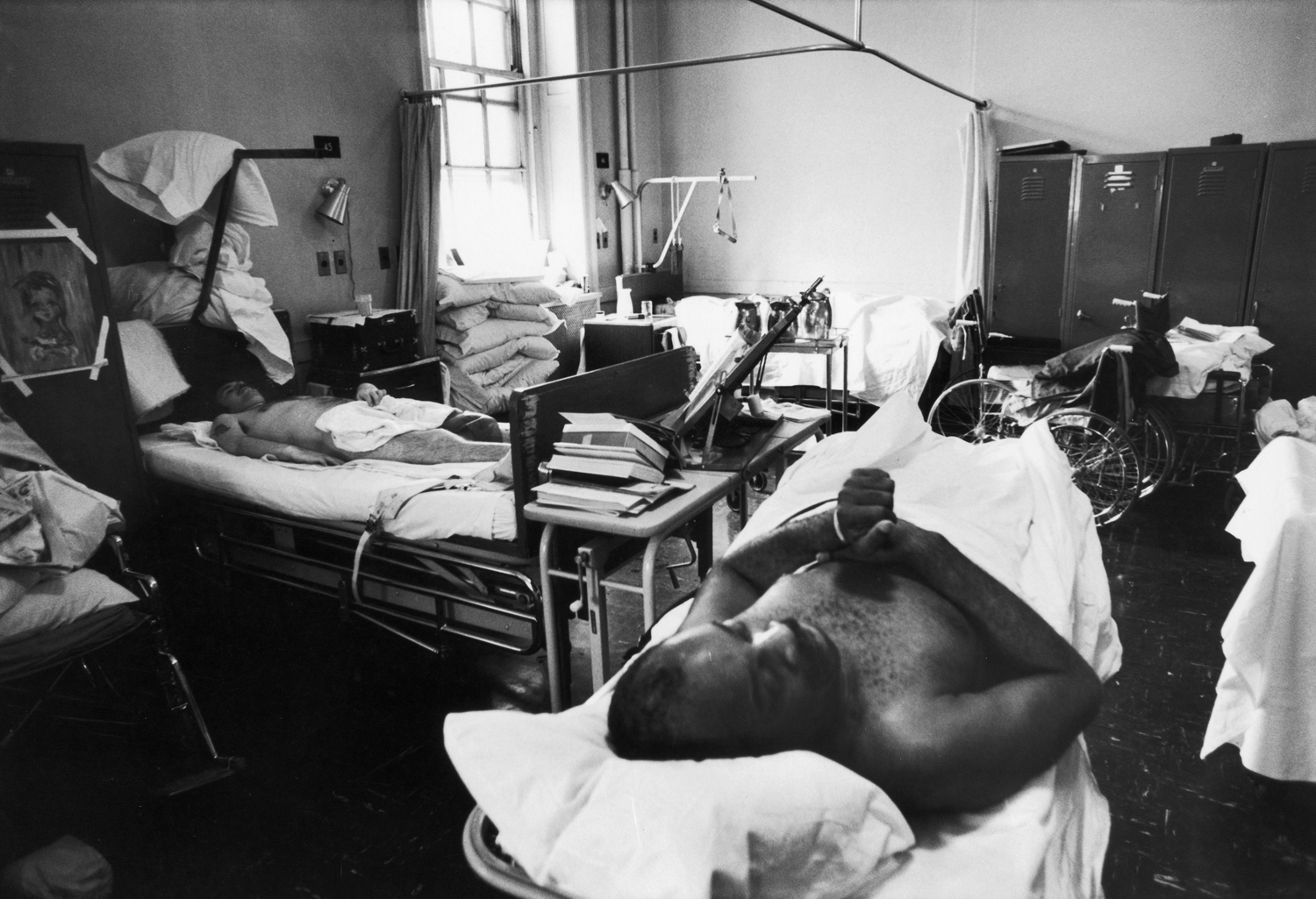
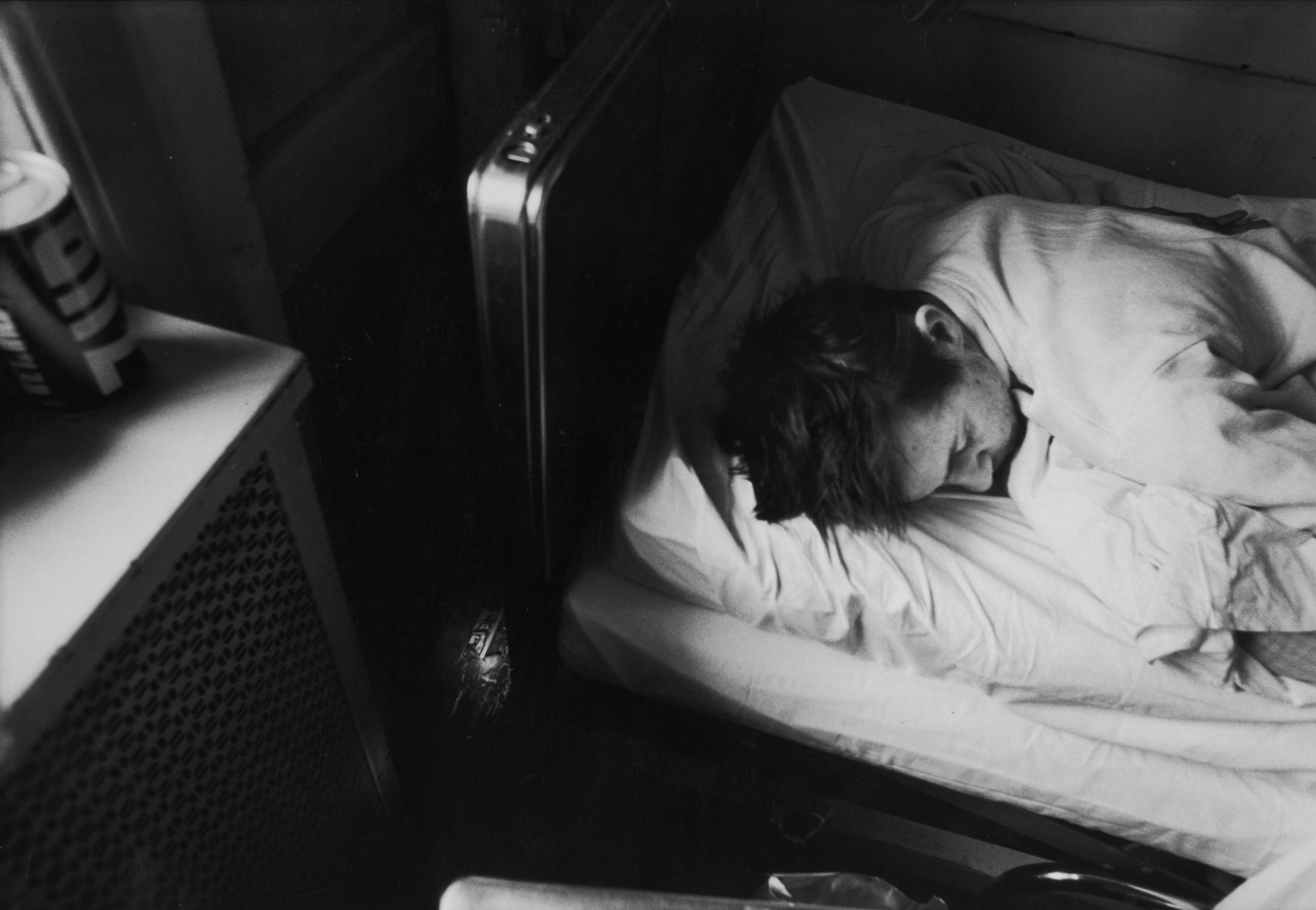
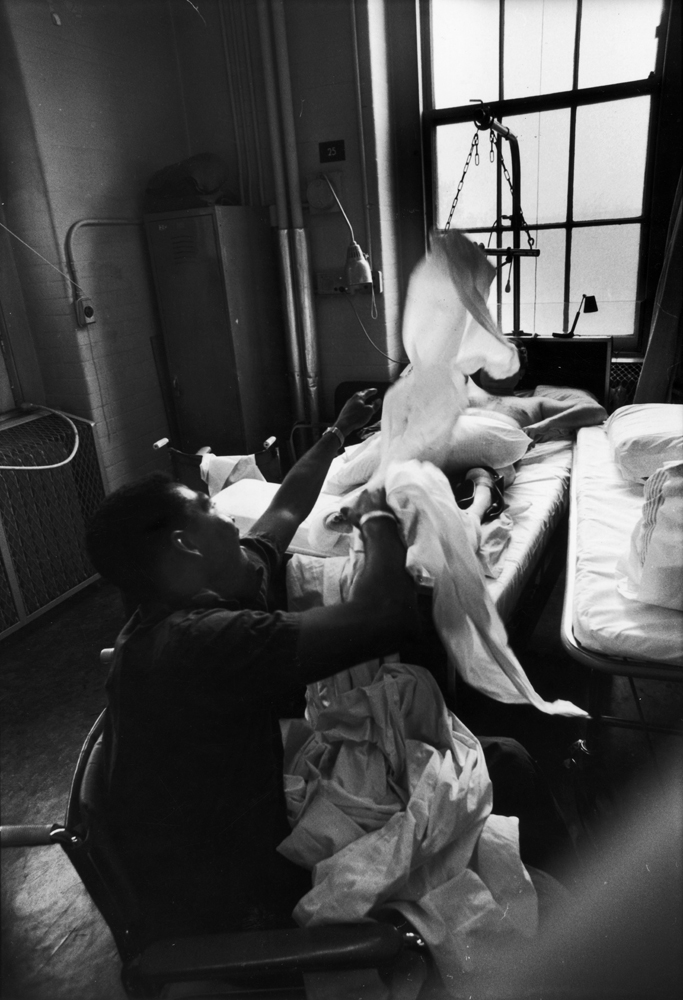
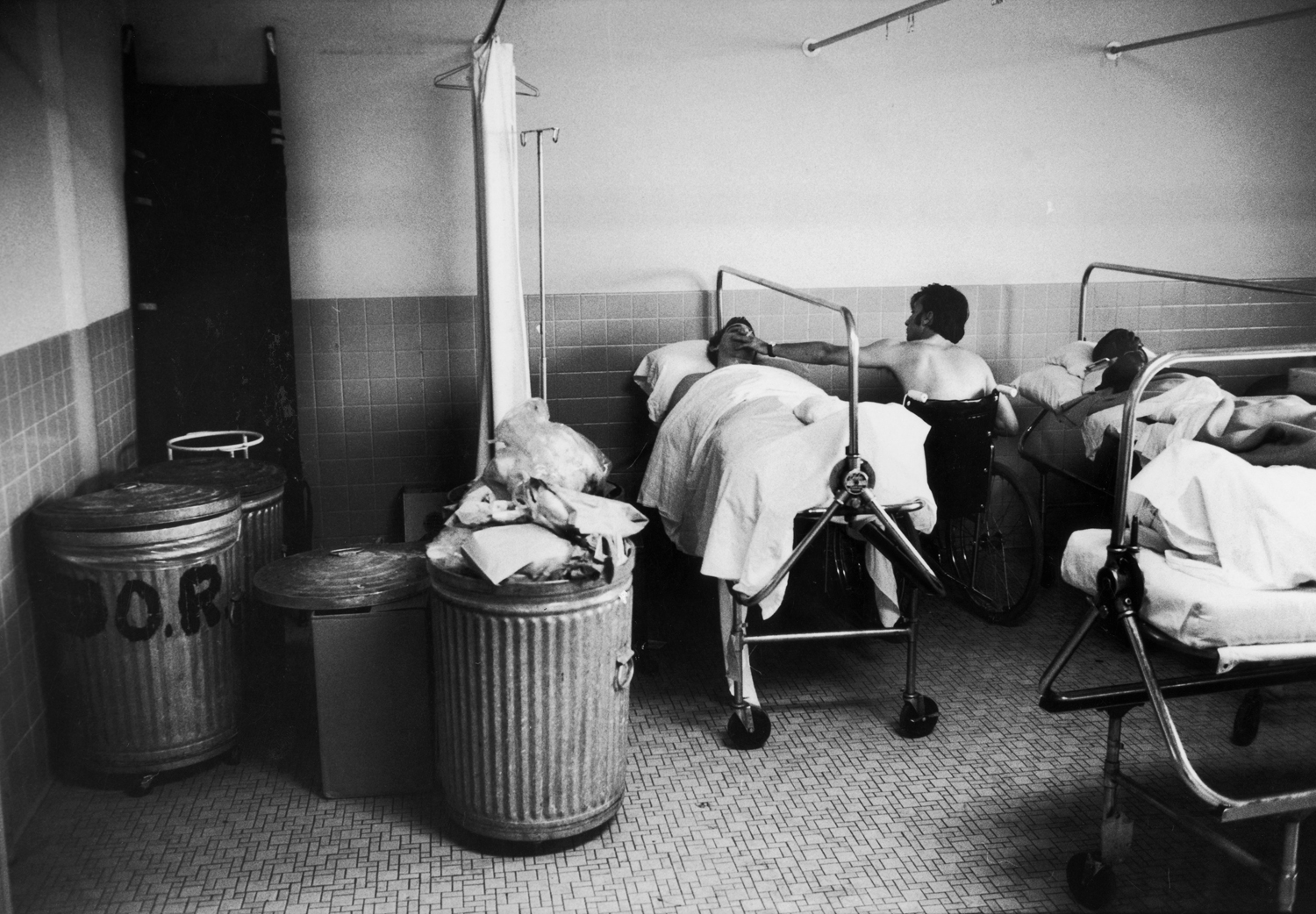
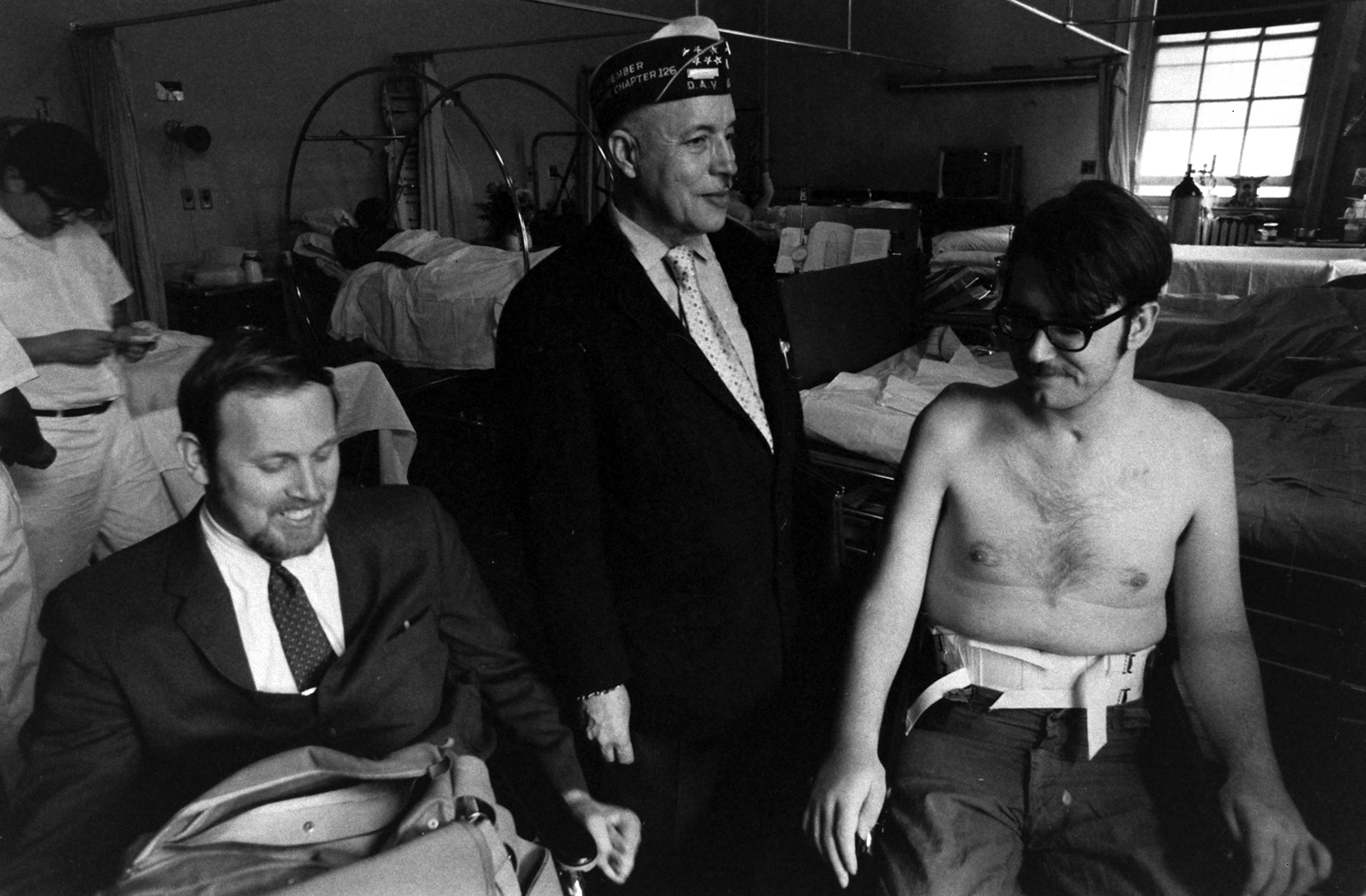

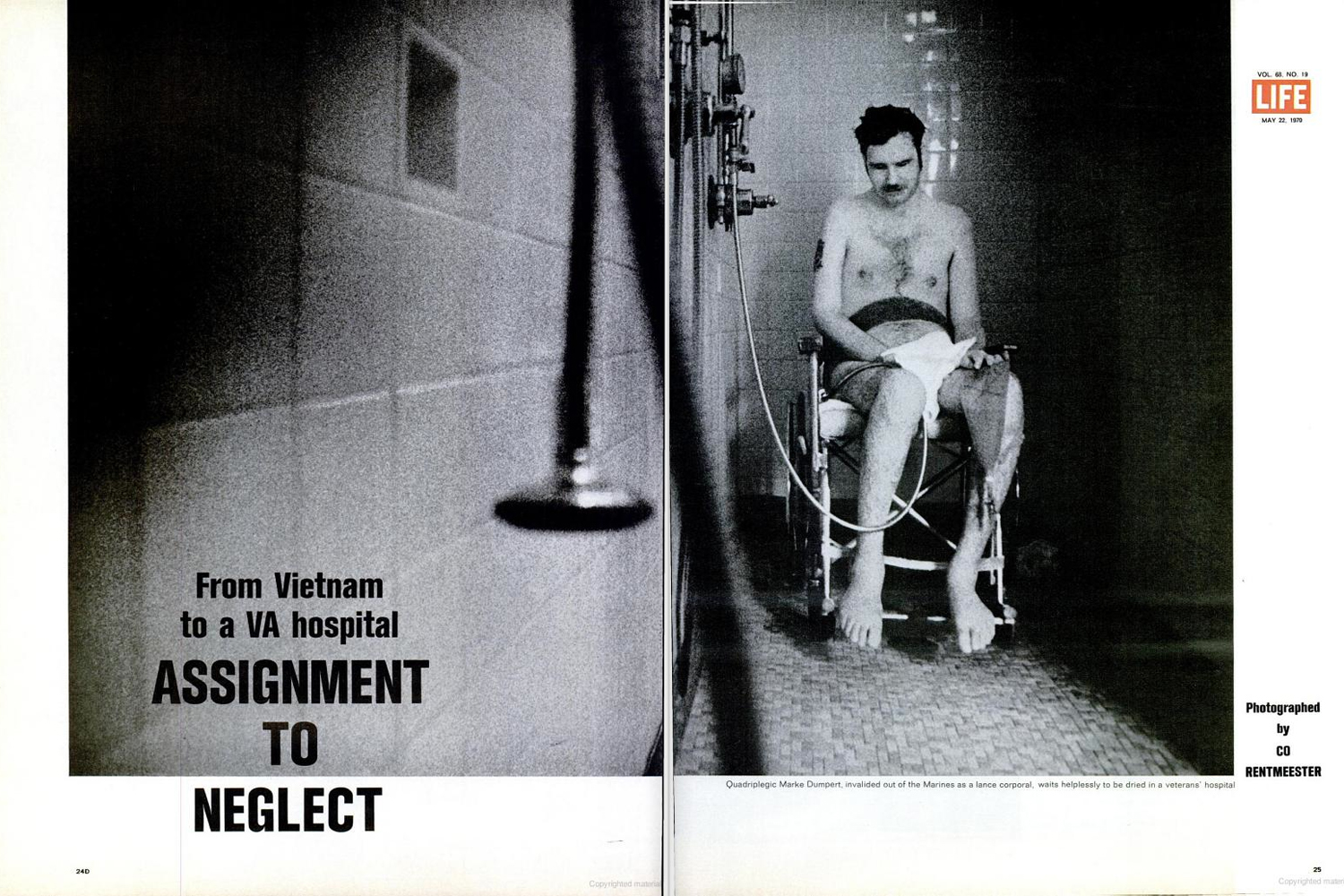
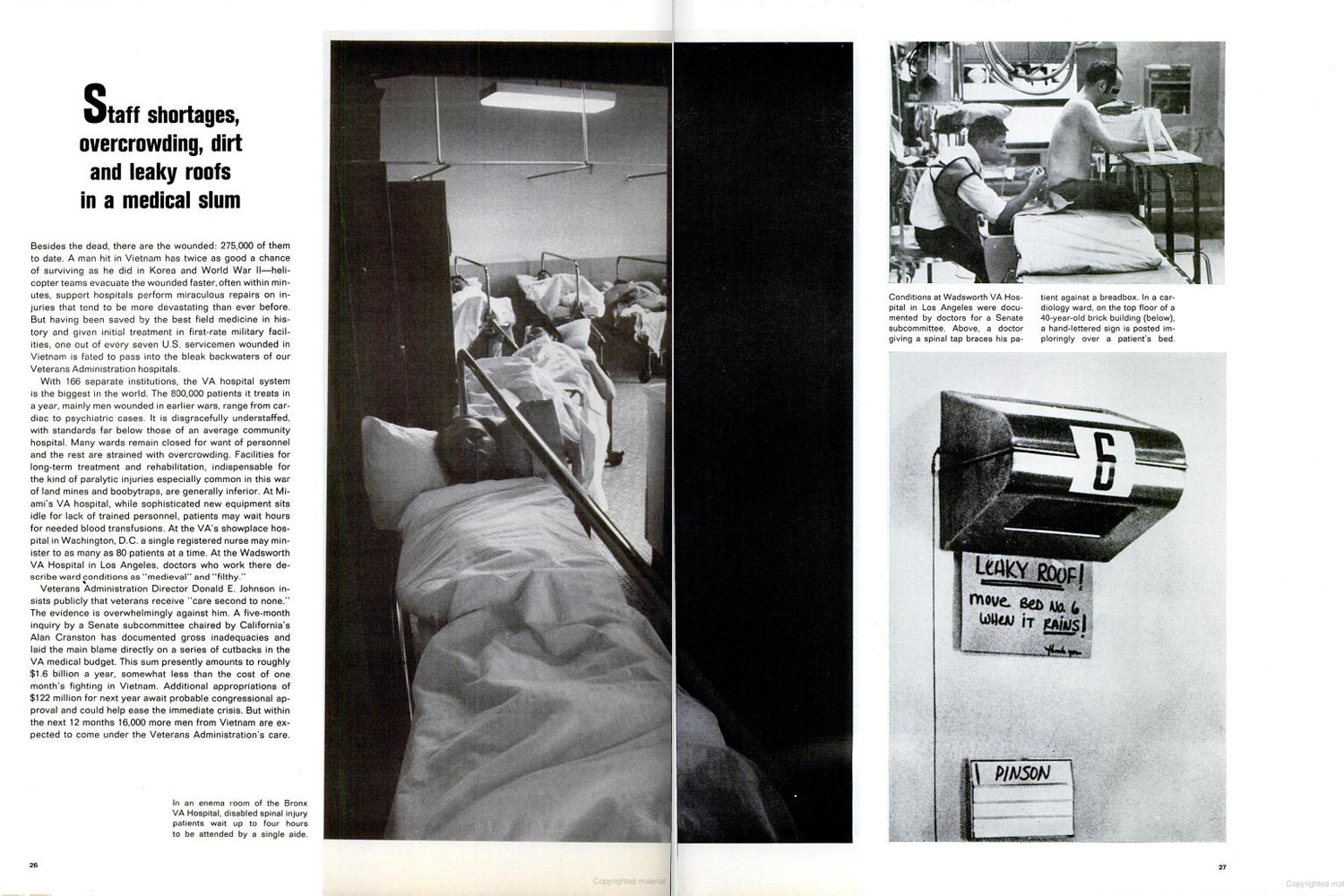
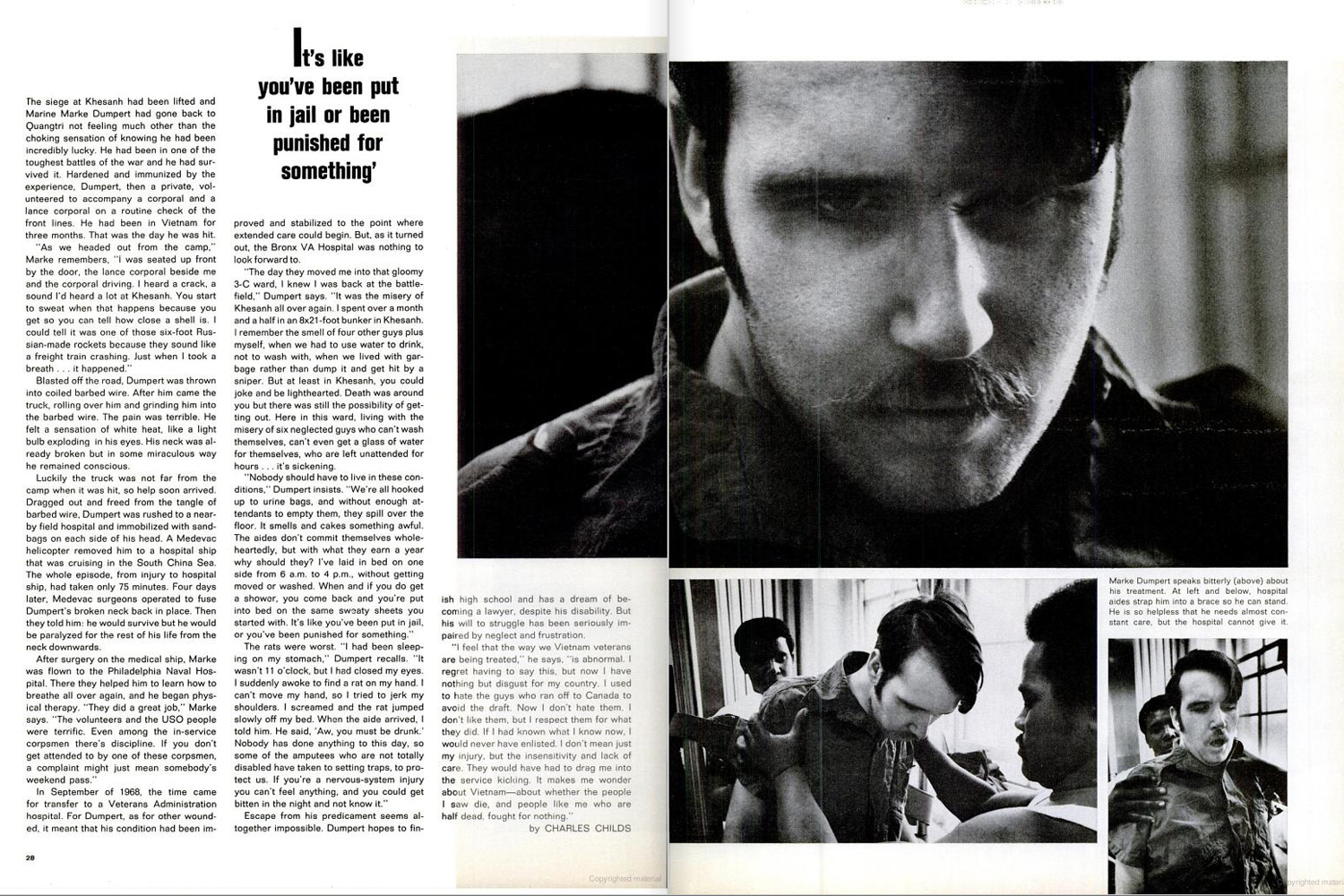
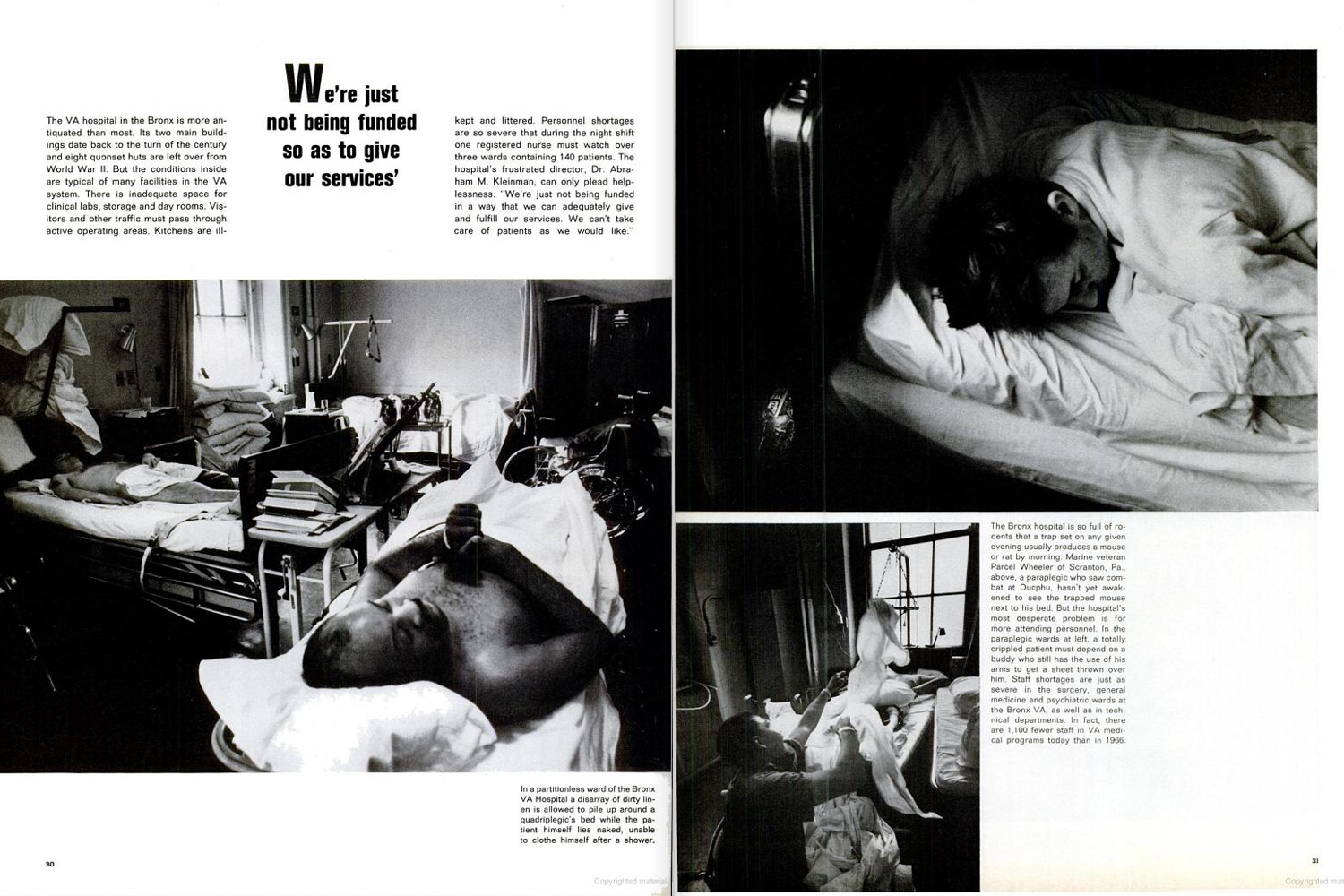
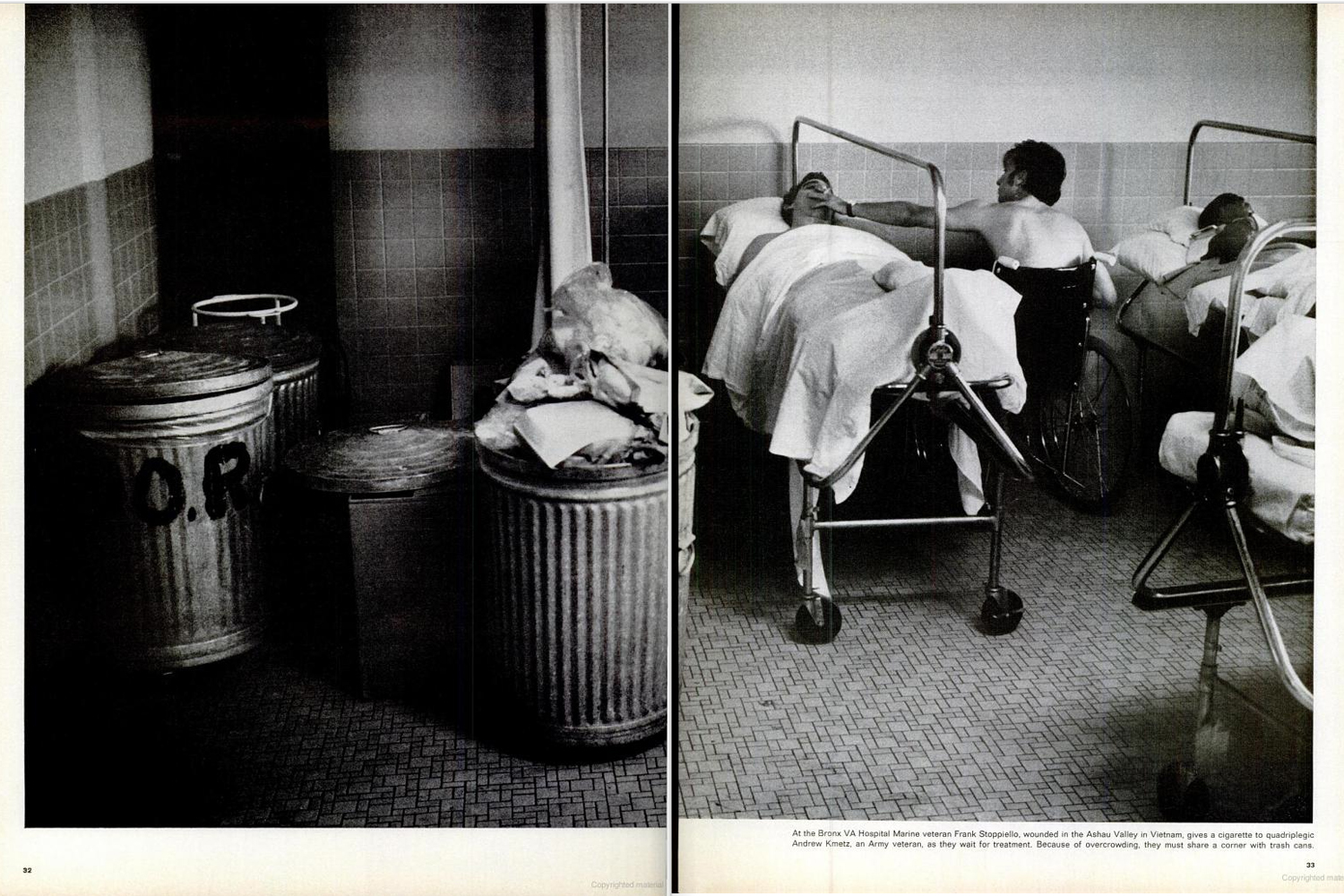
More Must-Reads from TIME
- Cybersecurity Experts Are Sounding the Alarm on DOGE
- Meet the 2025 Women of the Year
- The Harsh Truth About Disability Inclusion
- Why Do More Young Adults Have Cancer?
- Colman Domingo Leads With Radical Love
- How to Get Better at Doing Things Alone
- Michelle Zauner Stares Down the Darkness
Contact us at letters@time.com